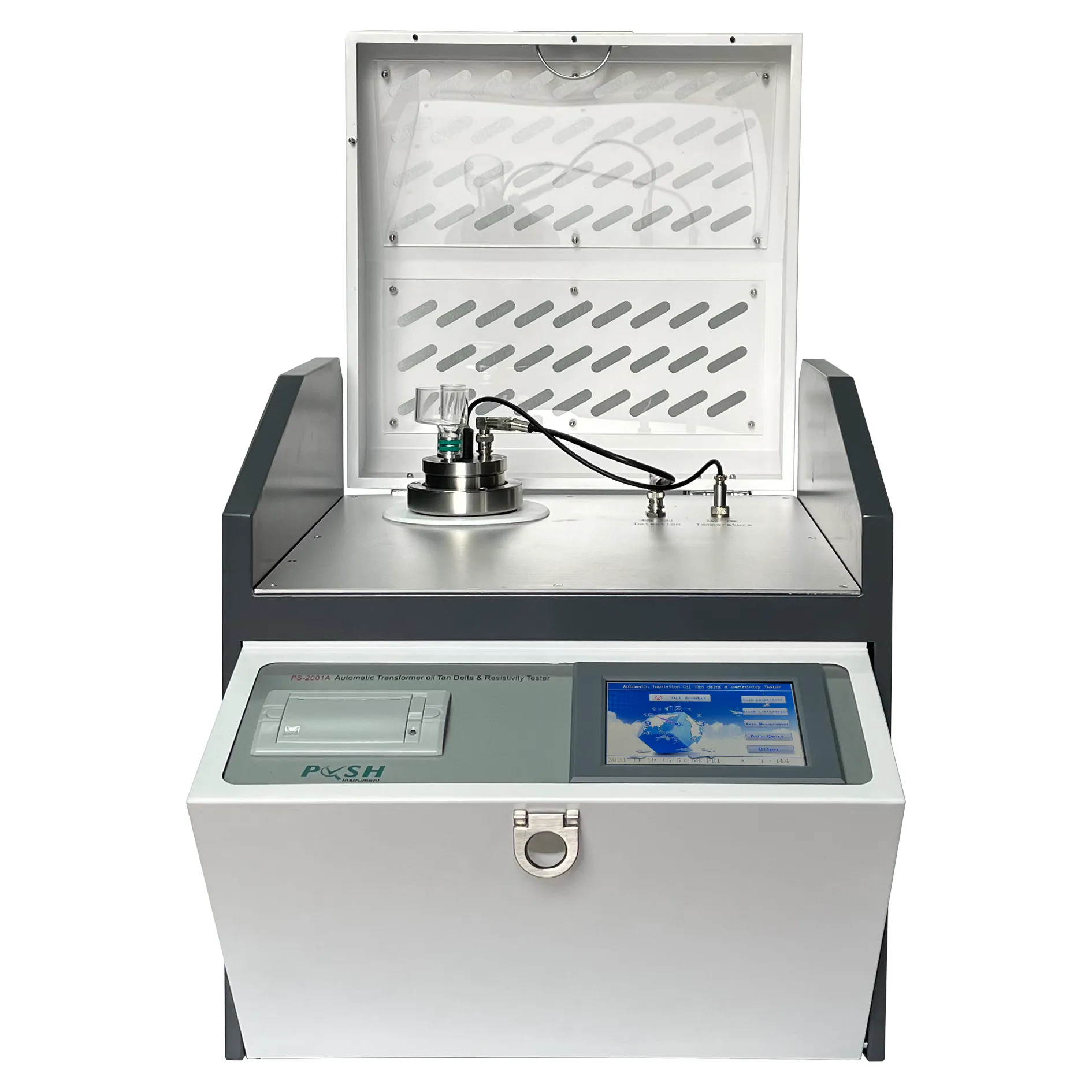 English
English


pour point analyzer
Understanding Pour Point Analyzers Essential Tools in Oil and Fuel Analysis
Pour point analyzers play a crucial role in the oil and fuel industry, providing vital insights into the fluidity characteristics of petroleum products. The pour point is defined as the lowest temperature at which a liquid remains pourable under specified conditions. This property is particularly important for the transportation and storage of oils and fuels, as it determines how these substances behave in colder temperatures.
The significance of pour point analysis cannot be overstated. For instance, if the pour point of an oil is too high, it can result in difficulties during pumping and can even lead to the formation of wax crystals, which can severely disrupt flow lines and machinery. By accurately determining the pour point of a product, companies can ensure that their oils are suitable for the environmental conditions they will encounter, thus avoiding operational challenges and potential losses.
Pour point analyzers employ various methodologies to measure this critical property. Traditional methods, such as the ASTM D97 standard, involve cooling the sample gradually under controlled conditions and periodically checking its flow ability by tilting the test container. Although effective, this method can be time-consuming and labor-intensive. Modern pour point analyzers, however, utilize advanced technology to enhance efficiency and accuracy.
pour point analyzer

These advanced devices often use automated systems that not only speed up the testing process but also reduce human error. By integrating temperature control systems, precise measurement techniques, and sophisticated data analysis, modern pour point analyzers can provide quicker results without compromising on accuracy. This is especially beneficial for laboratories that handle a high volume of samples and require reliable data promptly.
Additionally, pour point analyzers are increasingly equipped with software that allows for seamless data management and reporting. Users can generate detailed reports and trends, which aid in compliance and decision-making regarding product formulation and quality control. This integration of technology represents a significant evolution in how companies approach quality assurance in their products.
Moreover, the applications of pour point analysis extend beyond just oils. It is also crucial in the assessment of biodiesels, kerosene, and other petroleum derivatives. As the industry moves towards more sustainable alternatives, understanding the pour point of these new compounds becomes essential for ensuring they meet performance criteria in colder climates.
In conclusion, pour point analyzers are indispensable tools in the petroleum and fuel industry, ensuring that products maintain their flow properties under various temperature conditions. With advancements in technology, these analyzers have evolved into highly efficient systems that provide accurate results, enabling companies to enhance their operational efficiency and product reliability. As the industry continues to innovate, the importance of precise pour point analysis will undoubtedly grow, paving the way for improved performance and compliance in the dynamic market of oils and fuels.
-
Differences between open cup flash point tester and closed cup flash point testerNewsOct.31,2024
-
The Reliable Load Tap ChangerNewsOct.23,2024
-
The Essential Guide to Hipot TestersNewsOct.23,2024
-
The Digital Insulation TesterNewsOct.23,2024
-
The Best Earth Loop Impedance Tester for SaleNewsOct.23,2024
-
Tan Delta Tester--The Essential Tool for Electrical Insulation TestingNewsOct.23,2024





